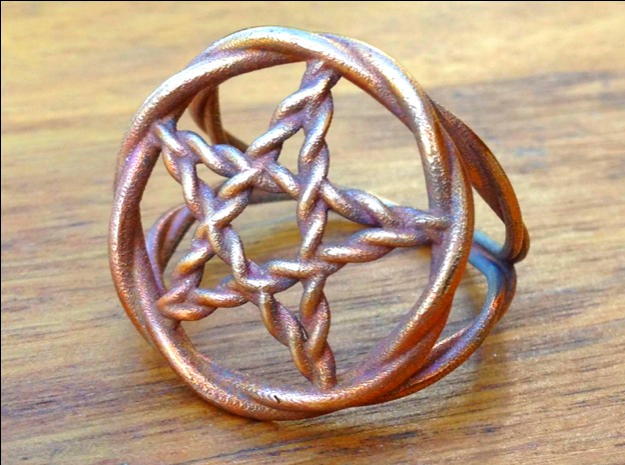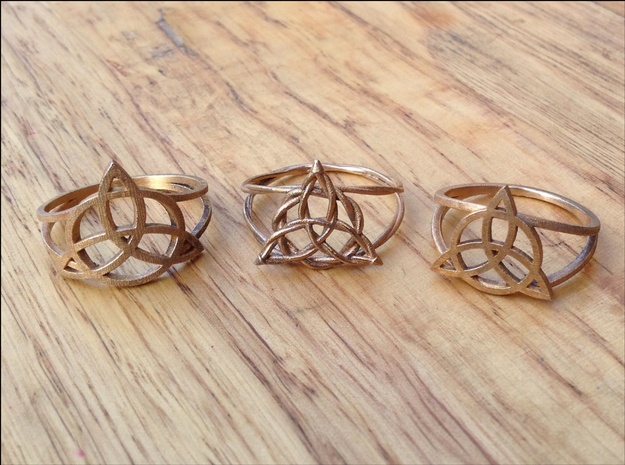
by William Seligman
From Eleanor: William Seligman is a jewelry designer who creates pagan and Wiccan themed Jewelry on Shapeways for his Kickin’ Wiccan shop. He posted a version of this entry on his blog and we enjoyed his thoughts about how to effectively edit, curate and present products in your Shapeways shop so much we wanted to share them with the broader Shapeways community.
On my 53rd birthday, I lost an intricately-designed custom-made ring that was precious to me. The ring was made 15 years ago; the original jeweler no longer had the molds. So I started looking into ways to recreate the ring from photographs. I discovered Shapeways in the
process. After months of experimentation with 3D software and many test prints, I finally had my ring again.
I emerged with a self-taught skill set in 3D design and printing. I decided to put those skills to use in a market I knew well from being a consumer: Wiccan and pagan jewelry. It’s my first experience with setting up a storefront on-line.
Recently, I consulted with the talented artist Vann Godfrey about Kickin’ Wiccan, my jewelry shop on Shapeways. I’ve spent the past few days putting his advice into practice. Vann’s advice was similar to that of Shapeways’ advice to its shop owners. Here’s what I’ve figured out, both from Vann and from my own investigations:
No more plastic or renders for shop images
Plastic models, no matter well I photograph them, will never look as good as pictures of metal jewelry. Plastic models of metal jewelry detract from the look of the shop. A single plastic photo will drag down all the other pictures, no matter good those other photos are.
This has two corollaries:
- I’ve had to pull items from my shop because the only pictures I have of them are of my plastic test prints.
- I can also create rendered scenes from the same 3D graphics program I use to design the rings. I’ve reached the point where my scenes are slightly better than the photographs of plastic, but they still look artificial. They’re not good enough to put on my storefront. Even if I did, Shapeways frowns on rendered scenes; if I used them, Shapeways would not consider my store for promotional purposes. Eleanor’s note: We now feature material renders, which you can read about here, but still encourage actual product photography as the best way to show off your designs.
So some of my designs will have to wait until I get metal prints and take pictures of them. I won’t add a new design to the shop until I can print it, or arrange for someone else to print and photograph it for me. Eleanor’s note: we also encourage designers to try out Beta products for this purpose.
This can happen: I designed a heptagram ring for a friend. To my surprise, the response was so positive that I was encouraged to make it available for purchase even though all I had was a rendered image. I’ve asked the buyers to send me photos. This is nice reinforcement. It tells me that maybe, just maybe, I know what I’m doing.
No more plastic jewelry
I’ve stopped selling plastic versions of my designs. For one thing, it helps the shoppers if they have fewer options to choose from. For another, I have to value my time and skill in creating the jewelry.
Most of my designs are rings. When the shopper buys a ring, they have to specify the ring size. I customize the design for that particular size. This takes time. It’s barely worth doing for the stainless-steel versions of the rings; for me it’s not worth doing for cheap plastic versions.
In general, there many good reasons to work in plastic, but the jewelry I am making is not suited to it.
What choices have you made to edit the products you sell on Shapeways? How do you decide which designs to offer and in what materials?




